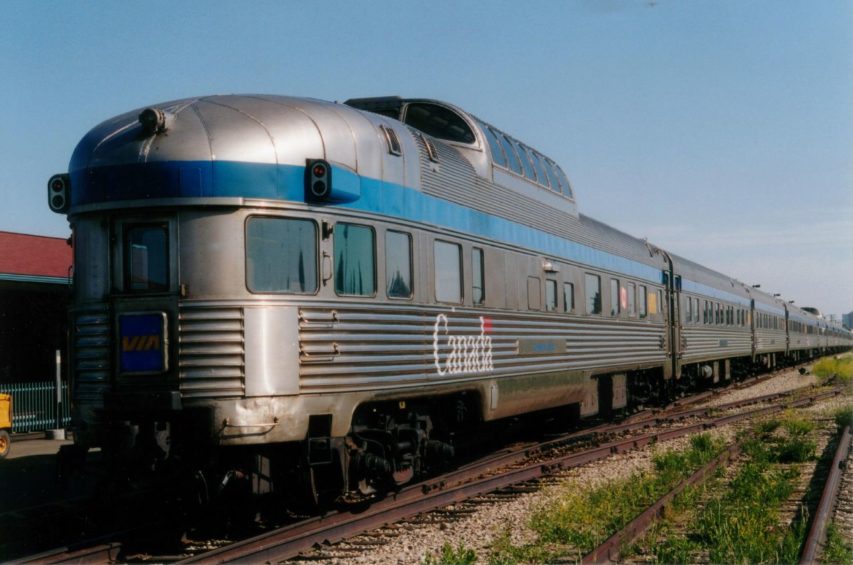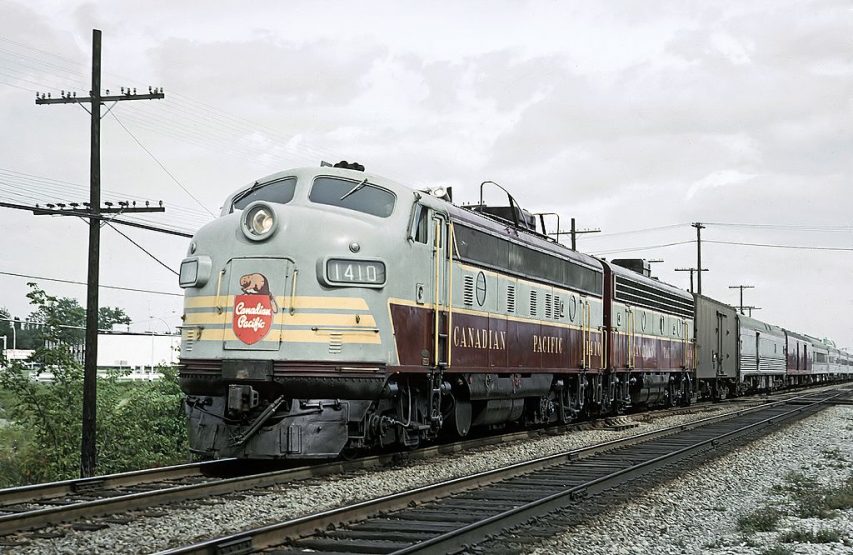Wood By Wright
Published 18 Feb 2017How to chose the correct hand plane for the job is a question I get all the time. Also, what is up with the Stanley numbers. I thought this would be a good chance to touch on both questions.
////Help this channel grow\\\\
Patreon: http://patreon.com/woodbywright////You Can find me:\\\\
Instagram: https://www.instagram.com/woodbywright/
Instructables: http://www.instructables.com/member/w…
Lumber Jocks: http://lumberjocks.com/Sarahsliefie
Periscope: @WoodByWright
Website: http://WoodByWright.com
February 26, 2020
What Hand Plane Should I chose for Woodworking Use Stanley Bailey Handplane Numbers
The Home Office – “Abandon hope all ye who enter here”
From Stephen Pollard, one gets the sense that no rational politician would ever want to be Home Secretary in a British government:
Here’s a trick question: which Home Secretary has been subject to hostile briefings from within the department that they are too Right-wing, too populist, too lazy, too stupid and a bully?
It’s a trick because the answer is: almost all of them. You can pretty much take your choice from any of those who have arrived at the Home Office with a definable agenda, and one that differs from the received Home Office wisdom.
The briefings currently being meted out against Priti Patel are certainly severe. She has been accused of creating an “atmosphere of fear” by officials, an allegation strongly denied by ministers. But in the sweep of recent political history, they are entirely normal. The Home Office has always played dirty when a minister attempts to overturn its shibboleths. The moment its mandarins sniff trouble, stories start appearing in the press about how the new minister is out of his or her depth, unthinking, posturing and — always the same — a variation on stupid.
[…]
The list of the Home Office’s responsibilities is ludicrously large, including: illegal drug use; alcohol strategy, policy and licensing conditions; terrorism; crime; public safety; border control; immigration; applications to enter and stay in the UK; issuing passports and visas; policing; fire prevention; fire rescue. In addition it is responsible for more than 30 agencies and public bodies.
John Reid infamously described its immigration department as “not fit for purpose”, and that quote has often been — understandably — misapplied to the Home Office as a whole.
The likes of Michael Howard and David Blunkett, who became Home Secretary in 2001, were political heavyweights with enough nous to get a grip of the hostile department. In preparing my biography of Blunkett, I spent months in and out of the Home Office when he was running the department, observing and speaking to officials — some who were supportive of their boss but others who clearly regarded him as an irritant.
One adviser to Blunkett recalls that the feeling was mutual. Blunkett wanted to replace the senior civil servants from top to bottom, and he and his aides were shocked at just how chaotic and inefficient the department was. “Nothing had prepared us for it,” recalled one adviser. “It was worse than any of us had imagined possible. God alone knows what Jack [Straw] did for four years. I am simply unable to comprehend how he could have left it as it was. At least Howard had the alibi that he was attempting a wholesale culture shift. In the Home Office, doing nothing means going backwards. It was a mess. A giant mess.”
The Pacific War | Animated History
The Armchair Historian
Published 15 Jun 2018Huge thanks to Kan Shimada for the Japanese translation!
Our Website: https://www.thearmchairhistorian.com/
Our Twitter: https://twitter.com/ArmchairHist
This video has been sponsored and approved by Oasis Games
Sources:
The Pacific War Companion: From Pearl Harbor to Hiroshima, Daniel Marston (editor)
Iwo Jima: World War II Veterans Remember the Greatest Battle of the Pacific, Larry Smith
Hell is Upon Us: D-Day in the Pacific, Victor Brooks
Eyewitness Pacific Theater, Firsthand Accounts of the War in the Pacific from Pearl Harbor to the Atomic Bombs, John T. Kuehn and D.M. Giangreco
Lost in the Pacific: Epic Firsthand Accounts of WWII Survival Against Impossible Odds, L. Douglas Keeney (Editor)
This rather short-changes the Australian contribution to MacArthur’s campaigns in the southwest Pacific theatre, but it is a survey and can only cover so much of such a massive conflict.
“… the First World’s most dysfunctional train: The Canadian, which in theory links Vancouver to Toronto”
Chris Selley fires all his guns at the pride of VIA Rail Canada’s passenger services, The Canadian:
With the Ontario Provincial Police somehow finally roused to action in Tyendinaga, Ont., it seems the CN railway blockade may not last its third week. This outstanding achievement in law enforcement will come as a relief in particular to the nation’s business community, people who enjoy staple foods, and the propane-dependent. The minority of travellers along the Windsor-to-Quebec City corridor who ride VIA Rail were not as imperilled: most essential, tight-budgeted VIA trips can also be made by bus, with only moderate time lost and with money saved as a consolation. But they too will be pleased. As maddening as VIA’s corridor services can be, with their ancient rolling stock, outrageously stale food, mostly theoretical wi-fi, schedules that get slower rather than faster and reliable delays regardless, trains are just genetically superior to buses.
Or at least, most are. The Windsor-to-Quebec City services are practically Japanese in comparison to what must be the First World’s most dysfunctional train: The Canadian, which in theory links Vancouver to Toronto. It has been shut down almost since the blockade began, and hardly anyone has noticed. It’s time we talk about this crazy thing.
What, you may ask, is the most ridiculous thing about The Canadian? Some might point to the astonishing level of subsidy: In 2018, the average corridor passenger enjoyed a subsidy of $32, or 17 cents per mile. The average passenger on The Canadian: $596, or 48 cents a mile, for a total of $49 million.
But never mind the price for a second; look what it’s buying. Fifty years ago, CN’s Super Continental was scheduled to take 67 hours. Today The Canadian, plying the same route and giving way to every freight train, is budgeted a mind-boggling 85 hours eastbound and 97 westbound.
[…]
For all the subsidies, The Canadian is eye-wateringly expensive. For the full one-way trip, a cabin for two will set you back $3,824, meals included. You can take a five-day mid-range Caribbean cruise for that, and that’s no coincidence: The Canadian is essentially a cruise ship on rails. It’s just that, well, Canadian taxpayers don’t subsidize cruise lines. Because that would be nuts.
I’ve always wanted to ride The Canadian, but I never could afford both the time and the money at the same time. (I have the time now, but I’m struggling to pay my bills, so even a GO Train trip into Toronto needs to be carefully budgeted … a trip on The Canadian would be a very significant percentage of my gross annual income!).
Powell’s Cartridge Counter Luger: The First Military 9mm
Forgotten Weapons
Published 10 Nov 2019The US first tested the Luger in 1901, and it seemed potentially good enough that the government spent $15,000 to buy 1,000 of the pistols (in 7.65mm Luger; the only cartridge available at the time) for field trials. The trials resulted in a variety of complaints, but particular among them was a dislike for the small caliber. In response, Georg Luger necked the 7.65mm round up to 9mm, and the US would be the first to trial the new model. After presenting 3 samples in 1903, Luger made a deal to swap 50 of the American 7.65mm pistols for 50 new 9mm ones. The US also specified that new guns had to be fitted with a cartridge counter grip system designed by one Graham Powell. The resulting guns (s/n 22401-22450) were delivered in April of 1904.
American testing did not find the 9mm much more satisfactory than the old 7.65mm, however. At the same time, the Thompson-La Garde tests of terminal ballistics were concluding that a new service pistol should be no less than .45 caliber. Luger would make one last effort to interest the US in 9mm with a duplex load in 1906, but this would also fail. Instead, he would redesign the Luger for .45 ACP and enter that in the US 1907 pistol trials.
http://www.patreon.com/ForgottenWeapons
Cool Forgotten Weapons merch! http://shop.bbtv.com/collections/forg…
Contact:
Forgotten Weapons
6281 N. Oracle #36270
Tucson, AZ 85704
QotD: Chardonnay
What seemed to me to make white Burgundies worth the effort was the fact that they tended to have more character, to be better balanced, more elegant … more, how you say in English … more Catherine Deneuve. More Jules and Jim than Die Hard; less top-heavy and more food-friendly than New World wines. On the other hand, it was and is quite possible to spend forty bucks on a bottle that tastes like it has been barrel-fermented with a big clump of terroir, or with Pierre’s old socks, or possibly his former cat. Yikes! Rather too much character, mon cher.
Jay McInerney, Bacchus & Me: Adventures in the Wine Cellar, 2002.









